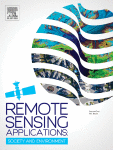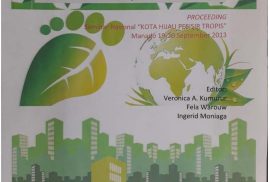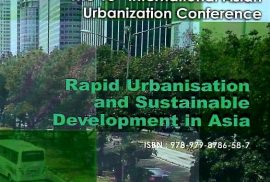A Sediyo Adi Nugraha | Muhammad Kamal | Sigit Heru Murti | & Wirastuti Widyatmanti
Remote Sensing Applications: Society and Environment Volume 29, January 2023, 100920
Abstract
Mapping and monitoring drought supports climate change adaptation of resilient ecosystems. The temporal and spatial scale aspects of drought can be efficiently mapped with remote sensing imagery. So far, remote sensing data for drought mapping has focused on the relationship between the vegetation index and surface temperature with various limitations. The interplay between surface temperature and vegetation index (Ts/VI) is well-known in drought research and related studies, such as the triangle method. In 2002, Temperature Vegetation Dryness Index (TVDI) was introduced to model this interplay. Various scholars have explored Ts/VI interaction to determine dry and wet edges and to develop models based on triangle method concepts to monitor drought. However, drought information from Ts/VI identification is not sufficient to justify meteorological, agricultural, or hydrological drought. To address this issue, the TDVI model has been compared with various single indices (VHI, VCI, VDI, TCI, SPI) to reveal their respective advantages and disadvantages. This article reviews several studies that draw on Ts/VI interaction to ascertain dry and wet edges and develop drought identification models with other dryness indicators, such as soil moisture, precipitation, and vegetation change. In general, dry and wet edges are determined using three methods: linear, parabolic, and quadratic, which share a relatively moderate relationship with soil moisture in the field. Most developed models target the determination of dry and wet edges (VTCI, iTVDI, MTVDI) and the addition of potential indicators that may be related to Ts/VI, such as TVMDI, TVMPDI, TVPDI, and TVSDI. Elevation, a manifestation of regional physiographic characteristics, is combined with the Ts/VI concept to create three-dimensional visualizations of the interaction and constantly generate related indicators.





